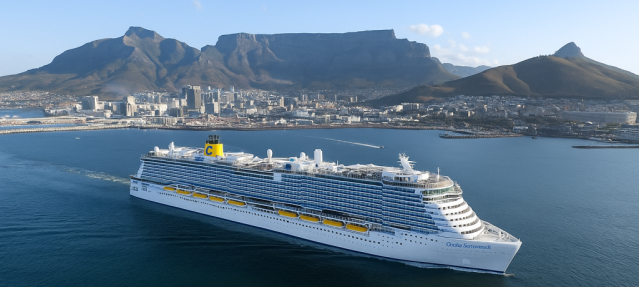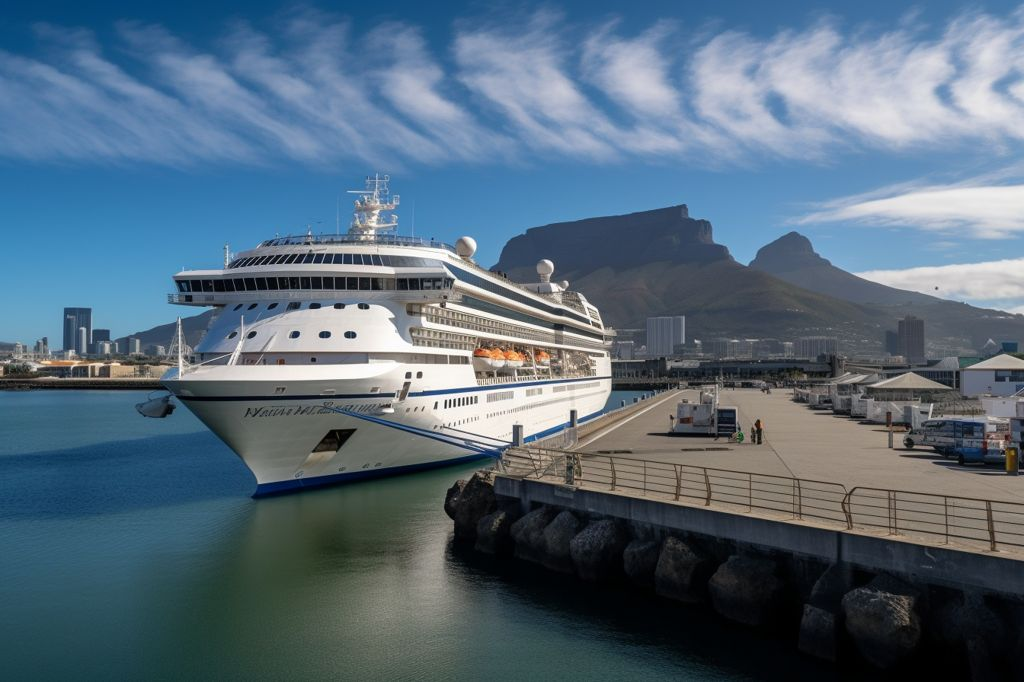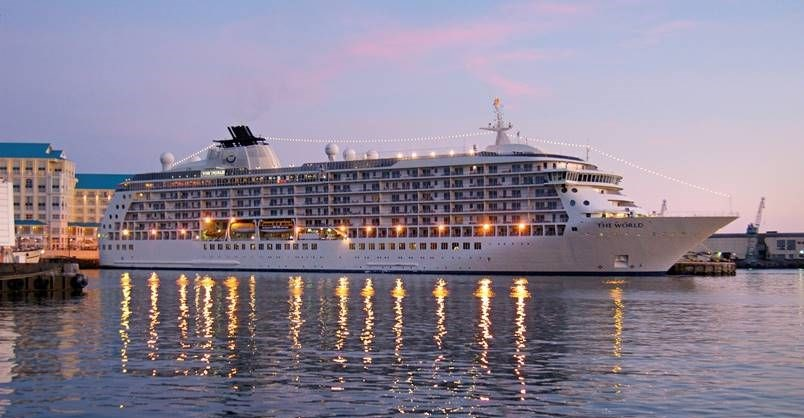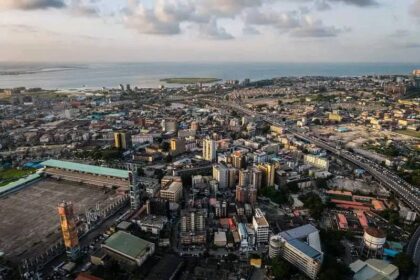At a Glance
- Cape Town cruise tourism surges 35%, adding $103 million to Western Cape economy.
- Passenger arrivals hit 127,000, boosting hotels, restaurants, and retail spending.
- Cruise sector supports 2,345 jobs, spreading benefits across Western Cape towns.
Cape Town’s cruise tourism industry posted its strongest season yet, with a 35 percent jump in revenue during 2024/25.
The surge was driven by an 18 percent rise in ship arrivals and a 16 percent increase in passenger numbers, according to new data.
The sector added R1.79 billion ($103 million) to the Western Cape’s gross domestic product, up from R1.32 billion ($76 million) in the prior year.
Officials say the growth underscores Cape Town’s expanding role as a global cruise hub and its importance to the regional economy.
Between September 2024 and June 2025, the Western Cape welcomed 79 ships and 83 port calls. Long-haul voyages — itineraries linking continents — made up more than half of those visits.
Cape Town’s strategic location on international cruise lines has made it a popular stop, which has helped it become known as one of the best places for travelers from all over the world.

Rising passenger traffic fuels local spending
Passenger traffic rose sharply, with 127,000 travelers disembarking in the 2024/25 season compared with 109,000 a year earlier.
Their spending — covering hotels, restaurants, shopping, and attractions — totaled R1.99 billion ($114 million), a 32% increase from the previous year’s R1.5 billion ($86 million).
Local businesses have benefited from the direct spending. Hotels had more guests, restaurants got more business from tourists, and retailers had better earnings on docking days.
Cultural attractions and tour companies have also made earnings, which has helped Cape Town’s reputation as a place to visit that has more to offer than just beautiful views.

Jobs and regional spillover benefits
The cruise boom has created jobs as well as revenue. The sector supported 1,234 direct full-time equivalent jobs in the season, with total employment impact — including indirect roles — reaching 2,345 positions.
Most of these jobs came in retail and markets, followed by the hospitality sector. Tour operators, drivers, and guides have also benefited from the influx of visitors.
The impact has not been confined to Cape Town alone. Smaller towns across the Western Cape, including Mossel Bay, Hermanus, and Saldanha Bay, hosted about 32,000 passengers.
Their visits generated R47.5 million ($2.7 million) in local spending, spreading the benefits of cruise tourism beyond the city.
Outlook for 2025/26 season
Looking ahead, the prospects remain strong. More than 70 vessels are already scheduled to dock in Cape Town during the 2025/26 season.
Among them is The World, a luxury residential ship, which is expected to draw attention from high-net-worth travelers.
Cape Town’s Cruise Terminal — regarded among the most attractive globally — continues to anchor the city’s tourism growth, while supporting surrounding hospitality and retail businesses.
The industry’s success also ties into South Africa’s broader national tourism goals, which seek to position the country as a leading global travel destination.

Boost for local businesses and the wider economy
The robust growth of cruise tourism shows how closely visitor spending is linked to the fortunes of local communities.
From luxury hotels to street vendors, businesses across the Western Cape have seen stronger demand.
Tourism leaders remain optimistic that Cape Town’s cruise sector will continue to fuel growth, particularly as global travel demand strengthens.
With its established reputation and growing connectivity, Cape Town is positioned to remain a key port of call for international cruise lines.















